Association celebrates 70 years of serving Alabama’s cooperatives
by Allison Griffin
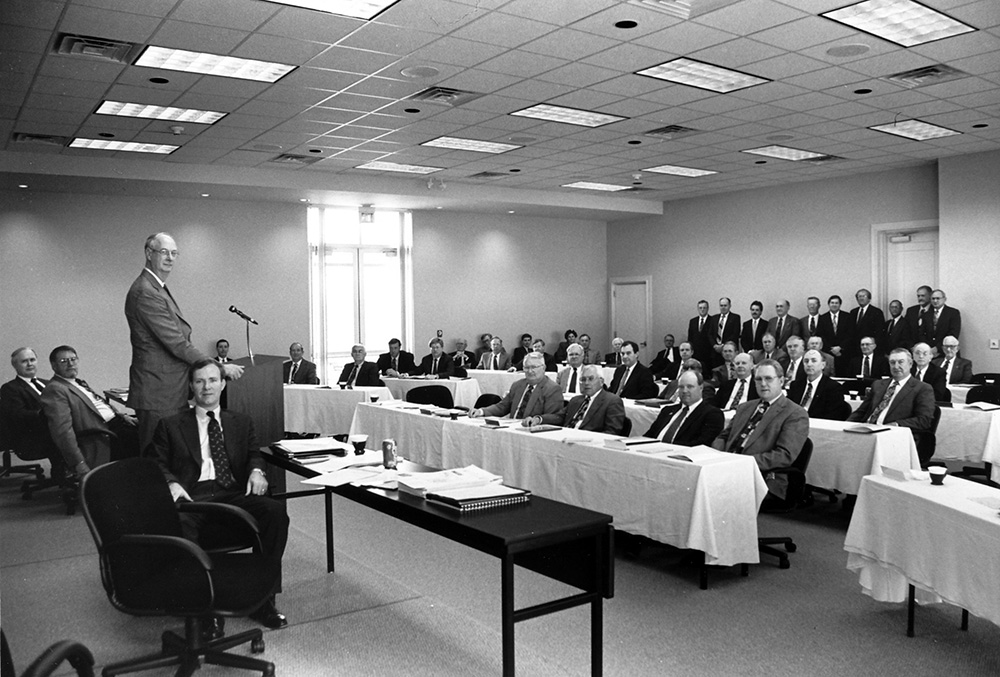
Your rural electric cooperative is one of 22 such co-ops in Alabama, and together they provide electricity to more than 1 million Alabamians – a quarter of the state’s population – and cooperative power lines cover more than 70 percent of the state’s land mass.
Each non-profit, member-owned cooperative in Alabama is independent and governed at the local level, by boards of trustees elected locally. But co-op leaders recognized 70 years ago that it was prudent, and even essential, to have one unifying voice to represent the co-ops on a state and national platform. From that need, the Alabama Rural Electric Association of Cooperatives (AREA) was born.
“Our members are very diverse and their service areas are very different,” says president and CEO Fred Braswell, who started with Montgomery-based AREA in 1999. Despite such differences, Alabama’s co-ops have similar wants and needs:
• A strong voice for rural voters among local, state and national elected officials;
• The coordination of power restoration and disaster recovery, both in Alabama and with sister cooperatives in other states;
• Youth programs and scholarships, to train up the next generation of rural leaders;
• Safety and loss control (the jobs of electric utility linemen rank among the country’s most dangerous), as well as compliance with often complicated state and federal regulations;
• Self-insured plans, including workers’ compensation insurance and health plans for cooperative employees; and
• Communications services, including public relations and the production of Alabama Living magazine.
These services have evolved and expanded tremendously since AREA’s incorporation on Dec. 26, 1947. But its commitment to serving its member co-ops, providing the support and programs that its members need and expect, remains unchanged.
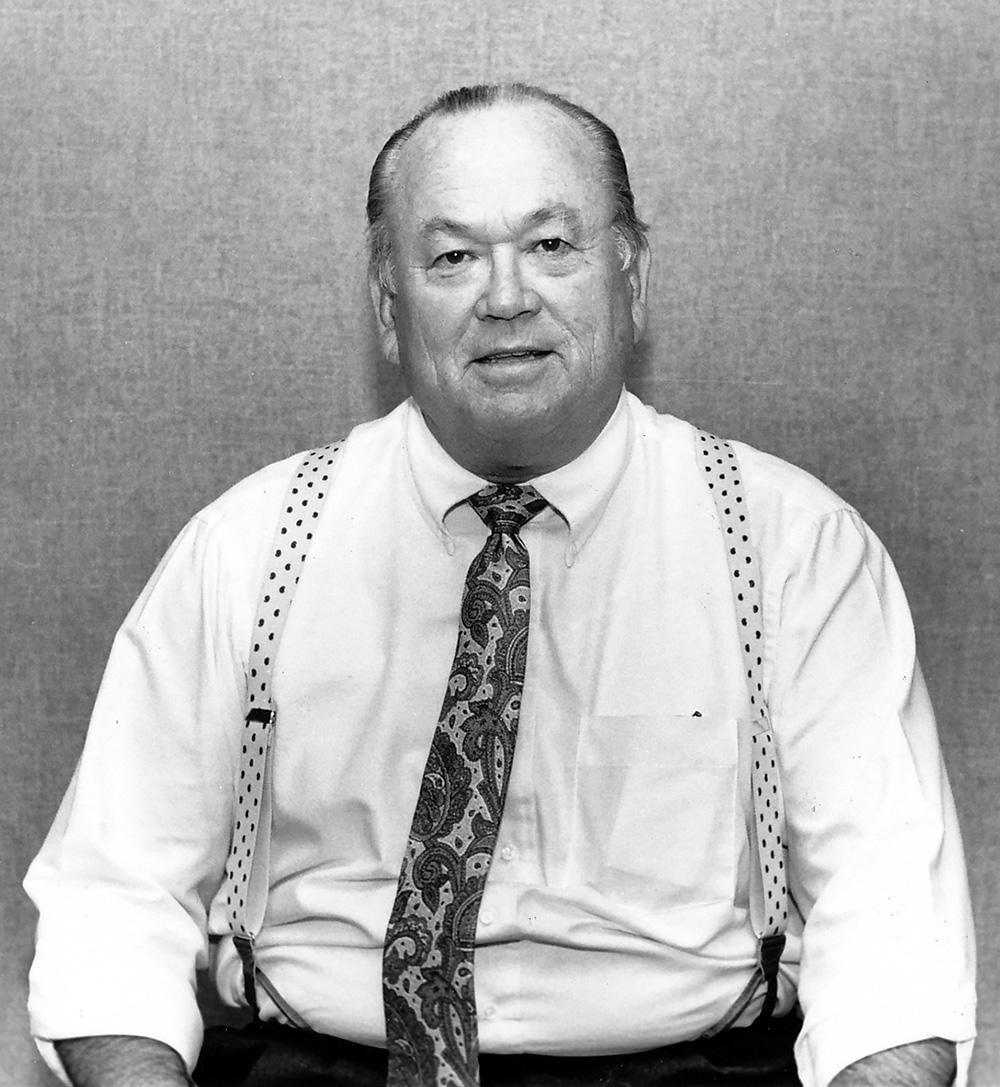
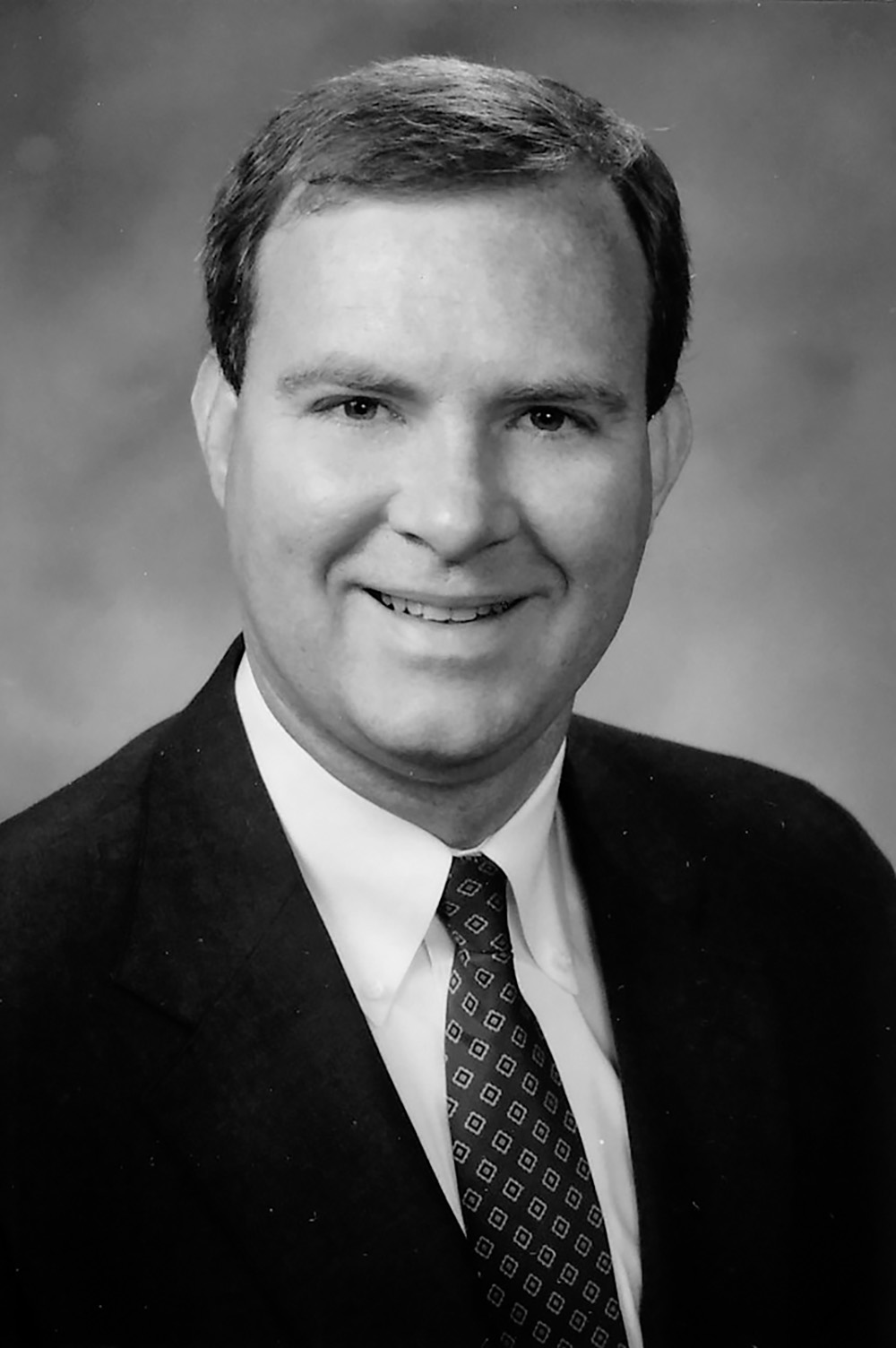
Almost immediately after it was formed, AREA jumped into the communication realm, publishing the Alabama Rural Electric News beginning in January 1948. That publication, which was then a broadsheet newspaper, was distributed to all co-op members to help them learn about the rural electric industry, which in many areas was still in its infancy. (A story in next month’s issue will look at the history and evolution of the publication, which later became Alabama Living.)
This magazine is perhaps AREA’s most visible component – it’s distributed to more than 420,000 households in Alabama each month. The publication is just one of many services that AREA provides to its member cooperatives, but it wasn’t always that way.
Dail Gibbs became AREA’s leader in 1966, after serving more than six years in the same role at the South Dakota statewide office. (“Statewide” is the term used to describe a state’s trade association.)
A colorful character, Gibbs, now in his late 80s, still remembers AREA in the early years of his tenure.
“When I came in, about all that was being offered by the statewide staff was the magazine,” Gibbs recalls. “The co-ops could see a need to do more things together, and they were able to see what other states were doing.”
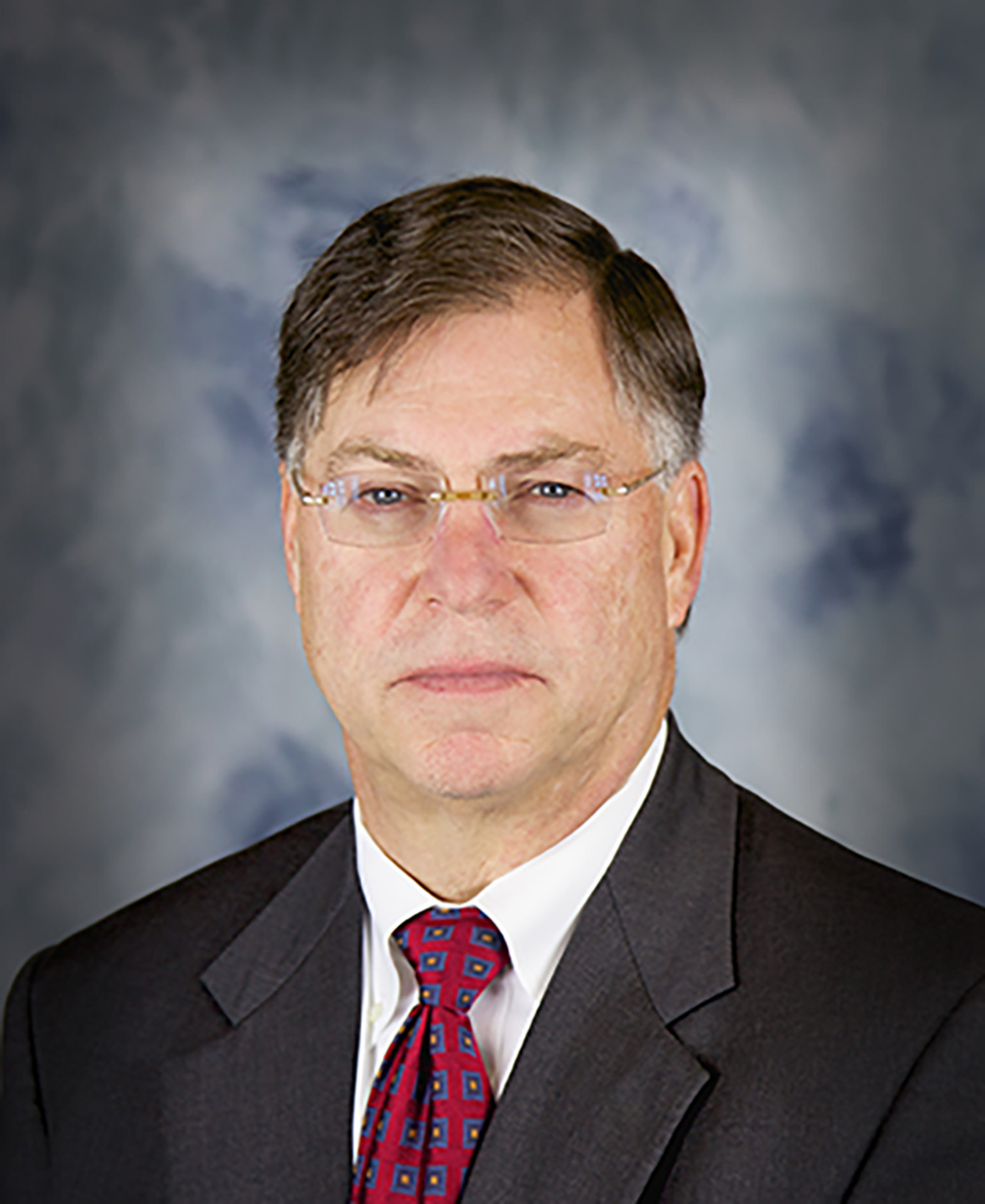
Any trade association needs strong leadership, but in the case of AREA, also having strong leadership at the co-op level was essential for its growth. When Gibbs arrived, there were several young, strong co-op managers eager for change. “They were ready to grow, (and) they were ready to do more things together when I came there.
“They kind of kicked me in the pants and told me to get going.”
And he did. Among Gibbs’ priorities was building political clout for the rural electric cooperatives. “We were just kind of a non-entity. We had a lot of strength if we just worked together.”
AREA needed a permanent home and purchased land just a block or so behind the Capitol – a location that was no accident. “We made the appearance of, ‘we’re here.’ … We just didn’t have the muscle in the legislature that we had to develop.
“I guess you could say we were a potential strength in the state, and we just had to gain some prominence.”
Yet political muscle did not then, and does not now, translate into partisan politics. “I maintained a (mostly neutral) posture for the statewide,” Gibbs says. “You’ve got to be involved, but you’ve got to be bipartisan in your approach to be effective.”
AREA remains politically neutral, but encourages rural Alabamians to educate themselves about elections and, most importantly, to vote and make their rural voices heard. And the association encourages and assists member co-ops in working with and educating elected officials on the local level.
“We want to be sure policy makers understand our needs, and we have the kind of relationship with them to work through issues,” says Braswell, the current AREA leader.
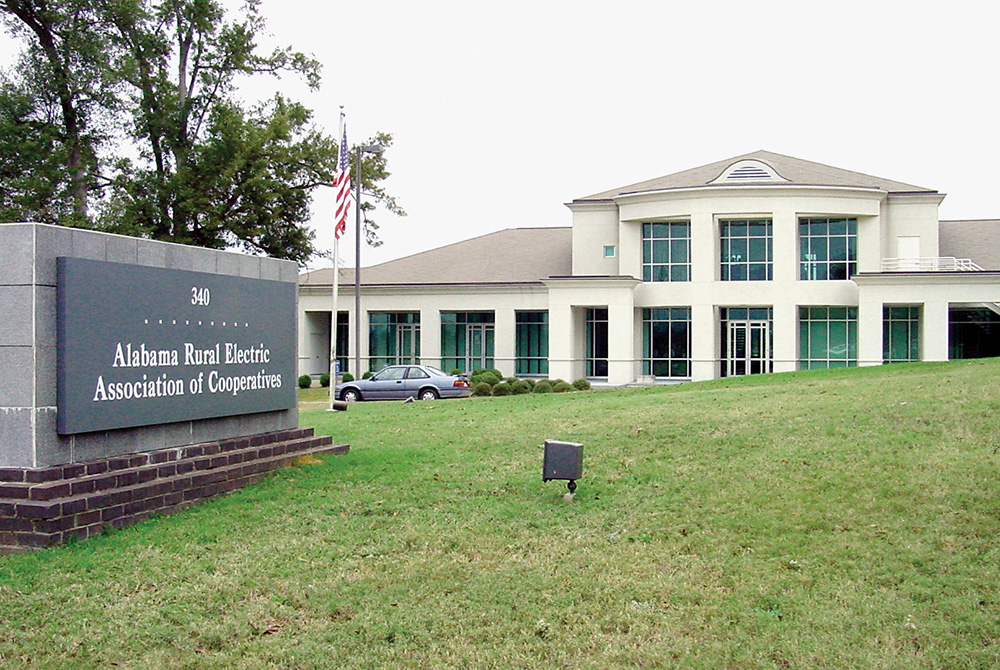
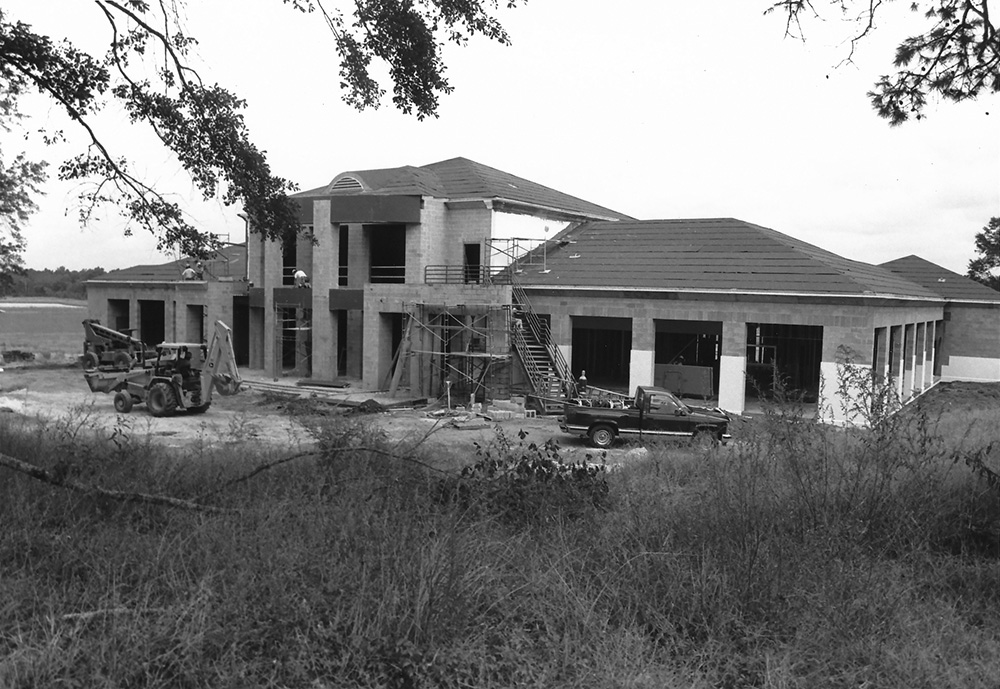
Continued growth
Throughout Gibbs’ tenure, the association worked through several challenges, including the passage of legislation in the 1980s (later upheld by the Alabama Supreme Court) to protect electric cooperatives’ service areas from municipal annexation.
And in 1992, AREA passed a comprehensive rewrite of cooperative enabling legislation, or how electric co-ops can do business. Fred Clark, the president of the association at that time, recalls that this very long piece of legislation allowed co-ops to be involved in other businesses – a key for co-ops to continue growing.
“That allowed the co-ops to wholly own other corporations,” Clark says. “It quantified how a board of directors did business.”
The association’s building near the State House in Montgomery was convenient for legislative needs, but it lacked the space needed for future growth. With the purchase of land and construction of a new building in east Montgomery, in the Dixie Electric Cooperative service territory, came the ability to expand AREA’s training programs, Clark says, which benefit everyone who works for a cooperative – from member service representatives to linemen to board members.
Co-op leaders value education in their service areas, and co-ops strongly support their local schools. Each year, AREA’s Montgomery and Washington Youth Tours help more than 150 high school juniors who live in co-op areas learn about cooperative principles, cultivate an interest in governmental affairs and develop leadership skills.
The Electric Cooperative Foundation, also established in Clark’s tenure, distributes scholarships to high school seniors who are dependents of co-op members. So far, the ECF has distributed $620,000, helping to encourage children to further their education at either a trade or vocational school or four-year college.This growth in services was in response to the needs of the co-ops, but they were invested in their statewide, Clark says. “We had a lot of support from the members during those periods,” he says. When Braswell took over, it was much the same: “I was very impressed with the support of the member cooperatives for the statewide program,” he says. “There was, and continues to be, a deep commitment to have the statewide be a place where the members work together.”




